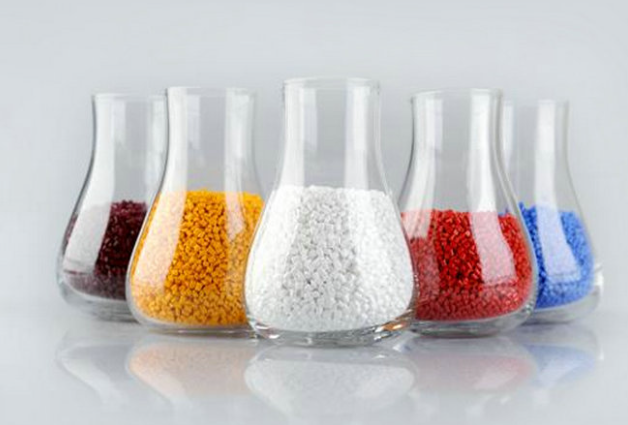The difference between TPE and TPR materials
The terms TPE (thermoplastic elastomer) and TPR (thermoplastic rubber) are sometimes used interchangeably, but usually they represent the same class of materials or a closely related family of materials. This is due to their similarity in English names and chemical composition, as well as their similar fields of application.
Typically, TPR is considered a subclass of TPE. Here are the main connections and differences:

Chemical composition:
TPE is a broader term that covers many types of thermoplastic elastic materials. These materials generally have the elastic
properties of rubber and the processing properties of plastics.
TPR usually refers to those materials that are thermoplastic processed to mimic the properties of rubber, especially those manufactured from SBS (styrene-butadiene-styrene) damping copolymers.
Name meaning:
The "elastomer" of TPE indicates that it can withstand large deformation without damage and recover after removal of external forces.
TPR's "rubber" puts more emphasis on the fact that it mimics certain properties of natural or synthetic rubber, especially elasticity and softness.
Applications:
Because TPE is a general term, it has a wider range of applications. TPE materials can be used in automotive parts, medical devices, sports equipment, toys, packaging, insulation for wires and cables, and other applications that require flexibility and/or durability.
TPR is often used in products that require high elasticity and soft touch, such as soles, handle handles, seals, etc.
Physical properties:
Both TPE and TPR have excellent flexibility, weather resistance and chemical resistance, but the performance parameters (such as temperature resistance, wear resistance, hardness, etc.) will vary according to the specific chemical formulation and preparation process.
Some TPE formulations may be superior to TPR for certain performance parameters, and vice versa.
Since there is no fixed line separating TPE and TPR, these terms may be interpreted differently by different manufacturers and regions. In practical use, the most important thing is to pay attention to the performance specifications of a particular material and whether it meets the requirements of the application. When evaluating whether a material is suitable for an application, the key is to study its physical and chemical properties such as hardness, temperature resistance, and chemical resistance.
